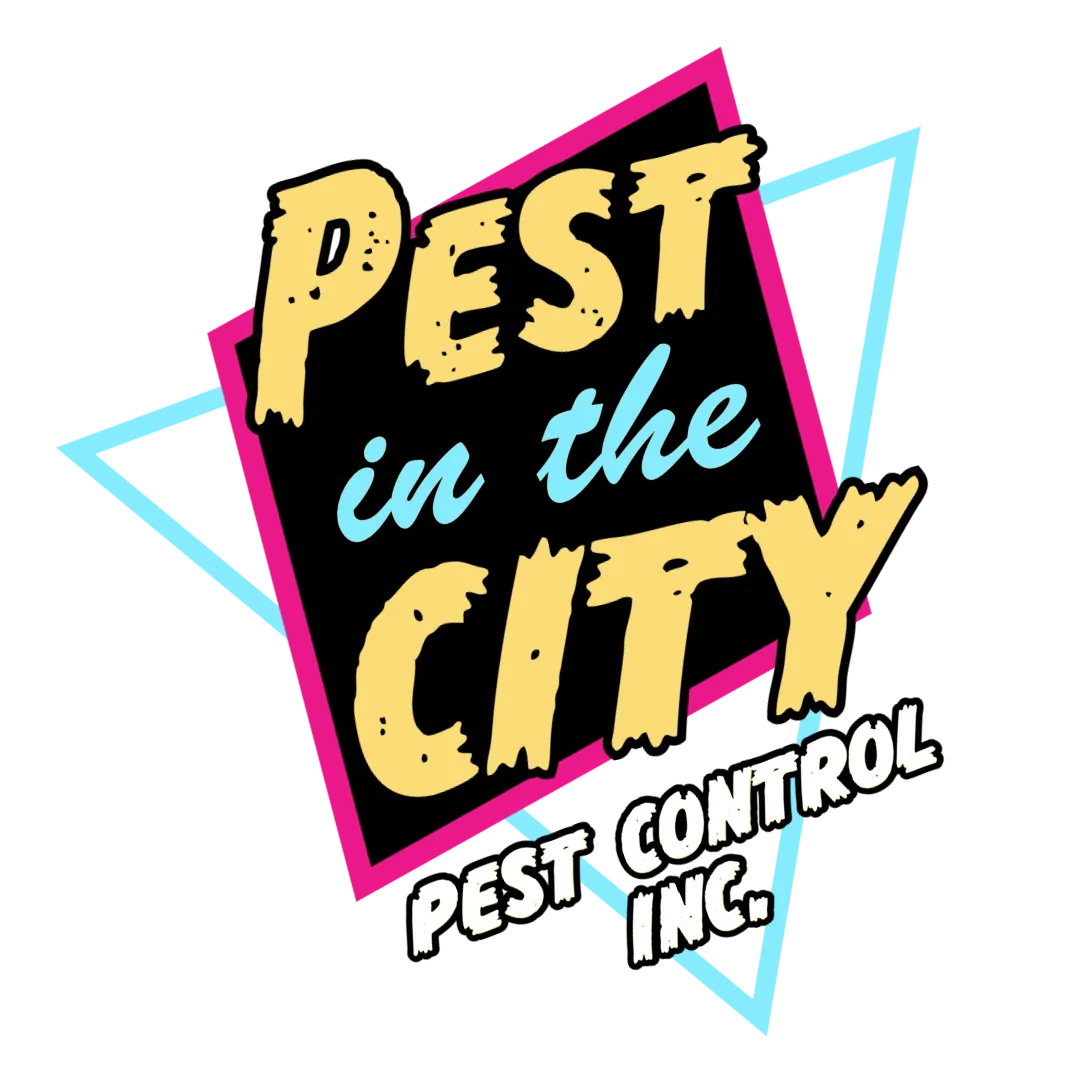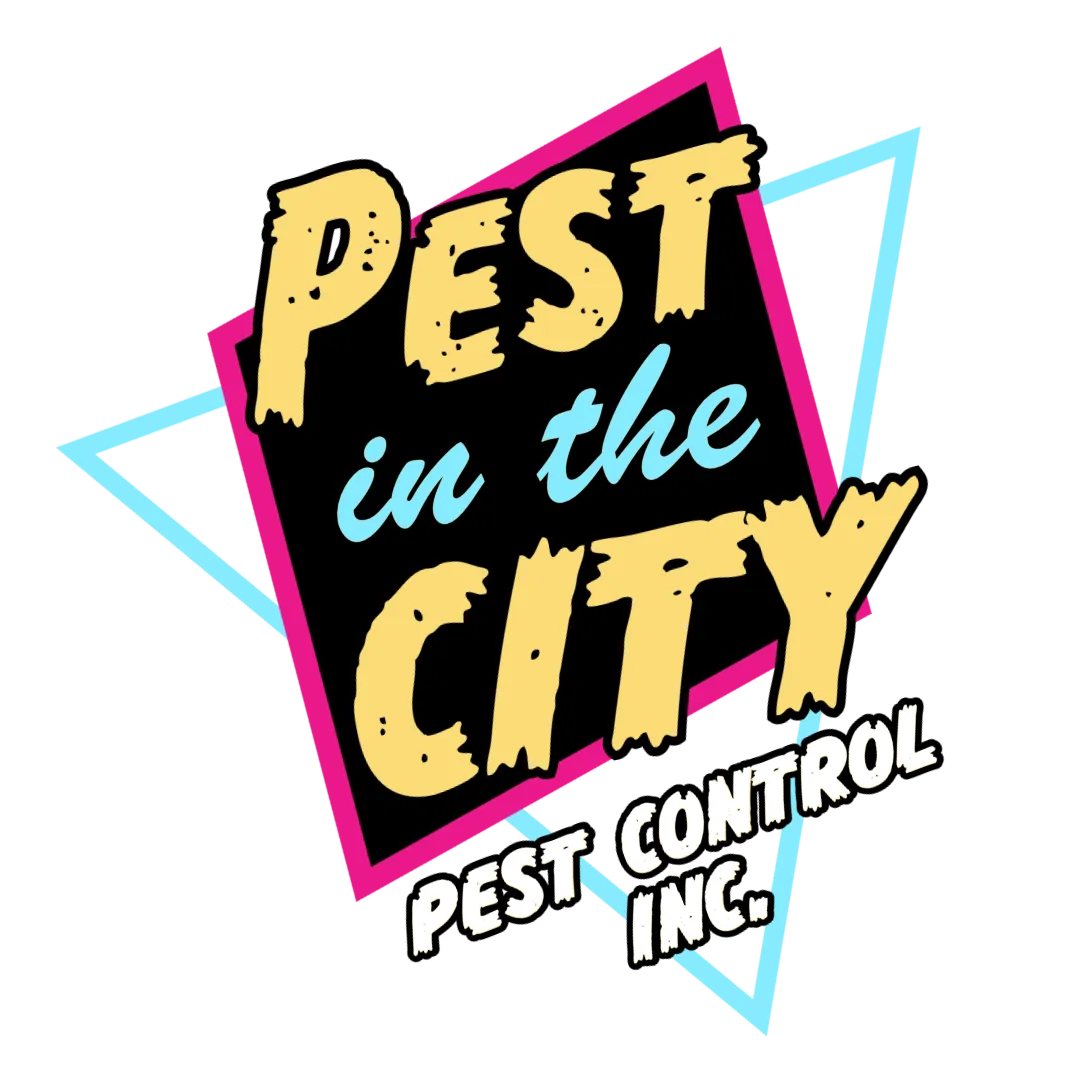
The Victoria Pest Journal
Pest In The City Victoria Pest Control Journal

Fall Pest Proofing Your Home: Essential Tips for Keeping Your Living Space Pest-Free
Understanding the Need for Pest Proofing in Fall
The shift from summer to fall brings a change in pest behaviors as they seek shelter from the cooler weather, leading them to invade our homes more frequently. The key to controlling these pests is prevention. Effective fall pest-proofing not only keeps your home comfortable and pest-free but also helps avoid the use of chemical pest control methods later.
Step-by-Step Guide to Fall Pest Proofing
1. Seal Entry Points: Conduct a thorough inspection of your home’s exterior. Look for any cracks, holes, or gaps around the foundation, windows, and doors. Use caulk and steel wool to seal these potential entry points, as pests can enter through openings as small as a dime.
2. Clean the Gutters: Overfilled gutters can cause water to spill over, creating damp areas that attract pests. Clean your gutters and ensure they are not clogged with leaves and debris, which can also serve as nesting sites for pests.
3. Trim Vegetation: Keep branches and shrubbery well-trimmed and away from the house. Vegetation that touches your home can provide a pathway for pests to enter.
4. Secure Garbage Bins: Ensure that all garbage bins are tightly sealed and stored away from the home. Garbage can attract pests like rodents and raccoons looking for food.
5. Inspect Attics and Basements: These areas are common hideouts for pests during fall. Check for signs of pests such as droppings, nests, or damaged goods. Regular inspections can help catch an infestation early before it becomes widespread.
6. Manage Moisture: Pests are attracted to moisture. Repair any leaky faucets, pipes, or clogged drains. Using dehumidifiers in damp areas like basements can help keep pests away.
7. Install Screens: Check that all vent covers are intact, and window screens are free of tears. Repair any damages to prevent pests from entering through these avenues.
8. Store Food Properly: Keep food in sealed containers and ensure that your kitchen is clean from crumbs and spills. Open food containers can attract pests from outside.
Benefits of Proactive Fall Pest Proofing
Reduced Pest Activity: By eliminating access points and attractants, pest activity is significantly reduced, keeping your home safer and more comfortable.
Cost-Effective: Prevention is more cost-effective than dealing with a full-blown pest infestation, which may require professional extermination services.
Healthier Home Environment: Keeping pests out helps prevent diseases they might carry, such as hantavirus from rodents or allergic reactions caused by insect bites.
Child and Pet Safety During Pest Proofing
Here’s how you can ensure that your pest-proofing efforts are safe yet effective:
Choose Non-Toxic Methods: Opt for mechanical traps and physical barriers as your first line of defense against pests. These methods are safe for both children and pets since they do not involve harmful chemicals. For instance, use door sweeps and sealants to close potential entry points for pests, or employ catch-and-release traps for larger intruders like rodents.
Natural Repellents: Many natural substances can deter pests safely. Essential oils such as peppermint, lavender, and citronella are not only effective against many types of pests but are also safe when used correctly. You can create a spray by diluting a few drops of these oils in water and use it around entry points or areas where pests are likely to be found. However, always ensure that these are used in moderation as some concentrated oils can still be harmful to pets.
Educate Your Family: Make pest-proofing a family affair by educating everyone in the household, including children, on the importance of keeping the house clean and free of food scraps. Teach them not to touch traps or baits, explaining why these measures are in place.
Secure Bait Stations: If you must use baits or poisons for severe infestations, ensure they are placed in tamper-resistant bait stations that pets and children cannot access. These stations should be strategically positioned where pest activity is noted but away from general traffic areas of your home.
Regular Check-ups: Regularly inspect and maintain the areas where you've applied pest control measures to ensure they remain safe and effective. Replace or repair any worn-out barriers or traps and check for signs that pets or children have tampered with them.
DIY Natural Pest Repellents
Here are some simple recipes to help you create natural repellents:
Peppermint Oil Repellent Spray: Peppermint oil is a potent natural deterrent against mice, spiders, and other insects. To make a spray, mix 10-15 drops of peppermint essential oil with 1 cup of water in a spray bottle. Shake well and spray around doors, windowsills, and other entry points. Reapply every few days or after heavy rain.
Lavender Oil Diffuser: Lavender is not only soothing for humans; its scent is also a natural insect repellent. Use a few drops of lavender oil in a diffuser to help keep flies and mosquitoes away. Alternatively, place dried lavender sachets near windows or in closets to deter moths and other insects.
Citronella Candle: Citronella is well-known for its ability to repel mosquitoes. You can make your own citronella candles by melting soy wax, adding citronella oil (about 90 drops per pound of wax), and pouring the mixture into jars with wicks. Light these candles when spending time outdoors to keep mosquitoes at bay.
Vinegar and Essential Oil Spray: Combine equal parts of water and vinegar in a spray bottle, adding a few drops each of lemongrass, eucalyptus, and tea tree oils. This mixture can be sprayed around the perimeter of your home, on baseboards, and in other areas where pests are prevalent. Vinegar’s odor dissipates as it dries, leaving behind the essential oils to deter pests.
Garlic-Mint Garden Spray: If garden pests are a problem, blend a few cloves of garlic with a handful of mint leaves and a cup of water. Strain the mixture, add it to a spray bottle filled with another cup of water and a squirt of dish soap (which helps it stick to plant leaves). Spray this on your garden plants to keep away common pests like aphids and beetles.
When to Call Pest in the City
While DIY efforts can be effective for minor issues, significant infestations or ongoing problems should be handled by professionals. Pest in the City offers expert services tailored to your specific needs, using environmentally friendly methods that are safe for both your family and pets.
Fall is a crucial time for pest proofing your home. By taking these preventive steps, you can enjoy the cooler months ahead without the hassle of uninvited pests. For more detailed assistance or to schedule a professional home inspection, visit Pest in the City. Let us help you keep your home pest-free this fall and beyond!

Schedule a Pest Inspection
Ready to schedule a pest inspection? Contact us today.

